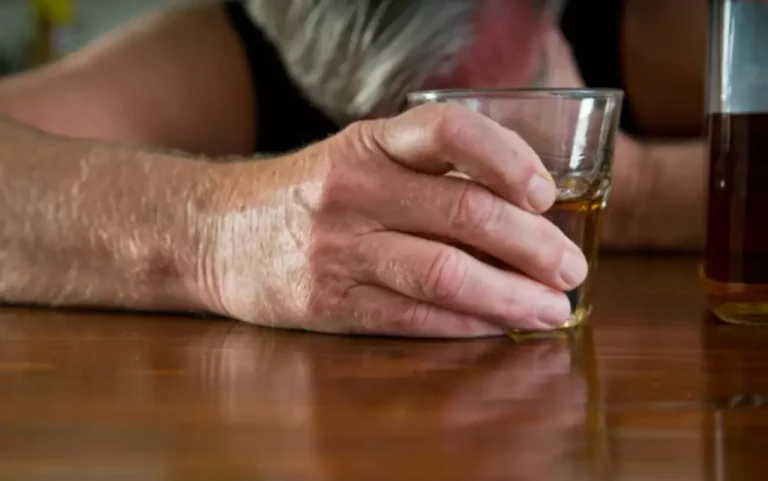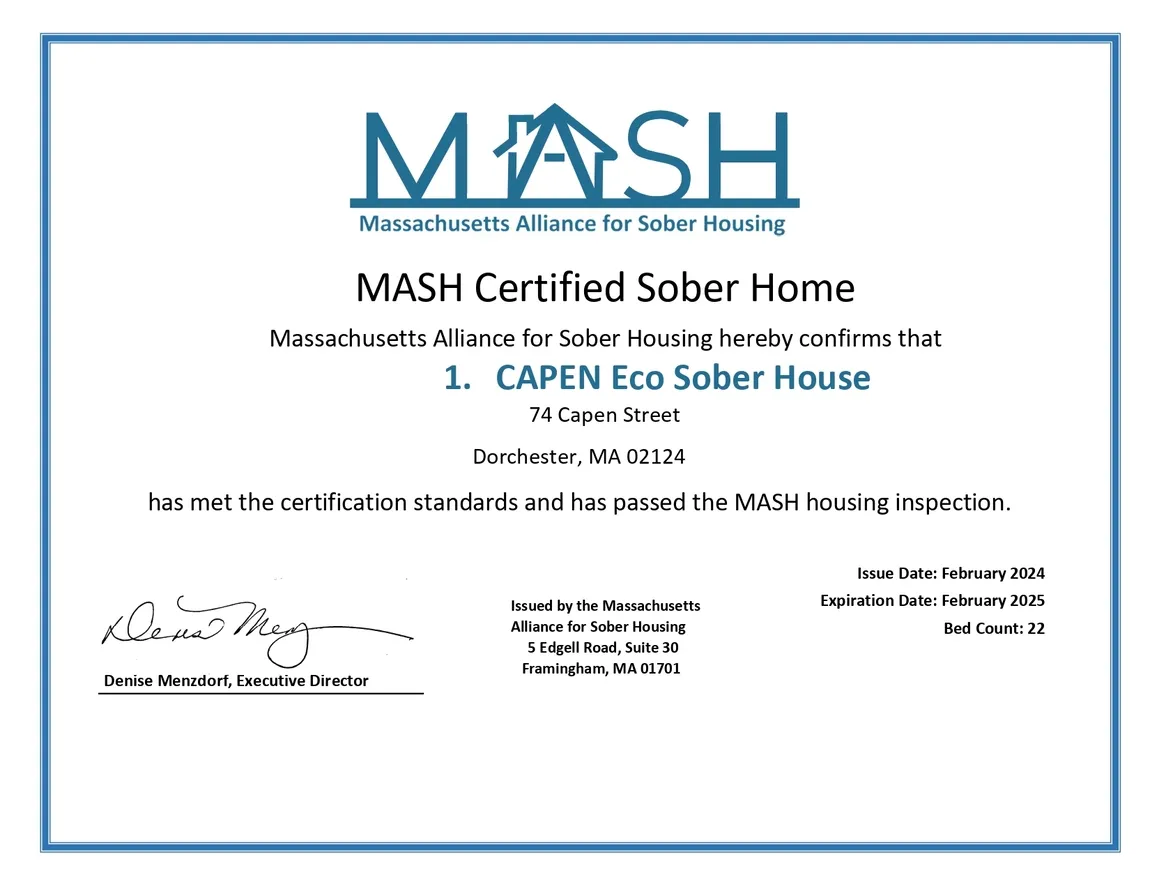30 ก.ย. Relapse prevention PMC

These may serve to set up a relapse, for example, using rationalization, denial, or a desire for immediate gratification. Lifestyle factors have been proposed as the covert antecedents most strongly related to the risk of relapse. It involves the degree of balance in the person’s life between perceived external demands and internally fulfilling or enjoyable activities. At Bedrock, we use evidence-based approaches such as cognitive-behavioral therapy (CBT) to help our clients develop coping skills and enhance resilience in the face of setbacks. Gordon as part of their cognitive-behavioral model of relapse prevention, and it is used particularly in the context of substance use disorders. Lindsey Rodriguez is a third-year doctoral student in the Social Psychology Program at the University of Houston, USA.
Cognitive Behavioural model of relapse

The use of functional magnetic resonance imaging (fMRI) techniques in addictions research has increased dramatically in the last decade [131] and many of these studies have been instrumental in providing initial evidence on neural correlates of substance use and relapse. In one study of treatment-seeking methamphetamine users [132], researchers examined fMRI activation during a decision-making task and obtained information on relapse over one year later. Based on activation patterns in several cortical regions they were able to correctly identify 17 of 18 participants who relapsed and 20 of 22 who did not.
Integrating implicit cognition and neurocognition in relapse models
Currently, the dynamic model can be viewed as a hypothetical, theory-driven framework that awaits empirical evaluation. Testing the model’s components will require that researchers avail themselves of innovative assessment techniques (such as EMA) and pursue cross-disciplinary collaboration in order to integrate appropriate statistical methods. Irrespective of study design, greater integration of distal and proximal variables will aid in modeling the interplay of tonic and phasic influences on relapse outcomes. As was the case for Marlatt’s original RP model, efforts are needed to systematically evaluate specific theoretical components of the reformulated model [1]. Although withdrawal is usually viewed as a physiological process, recent theory emphasizes the importance of behavioral withdrawal processes [66].
The neurocognitive correlates of non-substance addictive behaviors
For example, clients can be encouraged to increase their engagement in rewarding or stress-reducing activities into their daily routine. Overall, the RP model is characterized by a highly ideographic treatment approach, a contrast to the “one size fits all” approach typical of certain traditional treatments. Moreover, an emphasis on post-treatment maintenance renders RP a useful adjunct to various treatment modalities (e.g., cognitive-behavioral, twelve step programs, pharmacotherapy), irrespective of the strategies used to enact initial behavior change.
- Marlatt differentiates between slipping into abstinence for the first time and totally abandoning the goal.
- The term relapse may be used to describe a prolonged return to substance use, whereas lapsemay be used to describe discrete, circumscribed…
- Therefore, many of the techniques discussed under relapse prevention that aim at modification of dysfunctional beliefs related to outcomes of substance use, coping or self-efficacy are relevant and overlapping.
- As a result, it’s important that those in recovery internalize this difference and establish the proper mental and behavioral framework to avoid relapse and continue moving forward even if lapses occur.
- In extreme cases and in many cases of opioid addiction, this method has proven unreliable, as drugs such as Buprenorphine may be prescribed to help people abstain from the drug they misuse, allowing them to maintain a functional lifestyle.
International Gambling Studies
- A number of studies have examined psychosocial risk reduction interventions for individuals with high-risk drug use, especially people who inject drugs.
- In contrast, several models of relapse that are based on social-cognitive or behavioral theories emphasize relapse as a transitional process, a series of events that unfold over time (Annis 1986; Litman et al. 1979; Marlatt and Gordon 1985).
- In one study of treatment-seeking methamphetamine users [132], researchers examined fMRI activation during a decision-making task and obtained information on relapse over one year later.
- Self-efficacy (SE), the perceived ability to enact a given behavior in a specified context [26], is a principal determinant of health behavior according to social-cognitive theories.
- It’s important to establish that a one-time lapse in a person’s recovery from drugs or alcohol is not considered a full blown relapse.
- Therefore, one global self-management strategy involves encouraging clients to pursue again those previously satisfying, non-drinking recreational activities.
Findings of the review showed that there is a paucity of prospective studies investigating abstinence effects in relation to potential behavioral addictions, except for exercise. Across all behaviors, exercise demonstrated the clearest pattern of withdrawal-related symptoms mainly related to mood disturbances. While withdrawal and craving were investigated to a fair extent across the studies, the study of relapse using abstinence protocols is underutilized abstinence violation effect within behavioral addiction research. Short-term abstinence shows promise as an intervention for some problematic behaviors, especially gaming, pornography use, mobile phone use, and social media use. However, potential counterproductive consequences of abstinence (e.g., rebound effects and compensatory behaviors) were not adequately assessed by the studies, which limits current evaluation of the utility of abstinence as an intervention.
Global Lifestyle Self-Control Strategies

For example, the therapist can use the metaphor of behavior change as a journey that includes both easy and difficult stretches of highway and for which various “road signs” (e.g., “warning signals”) are available to provide guidance. According to this metaphor, learning to anticipate and plan for high-risk situations during recovery from alcoholism is equivalent to having a good road map, a well-equipped tool box, a full tank of gas, and a spare tire in good condition for the journey. The current review highlights multiple important directions for future research related to nonabstinence SUD treatment. For example, despite being widely cited as a primary rationale for nonabstinence treatment, the extent to which offering nonabstinence options increases treatment utilization (or retention) is unknown. In addition to evaluating nonabstinence treatments specifically, researchers could help move the field forward by increased attention to nonabstinence goals more broadly.

Specific Intervention Strategies
About 10% of individuals who report cannabis use in the past year meet criteria for a cannabis use disorder, while this proportion increases to 18%, 19%, 58%, and 65% of those with past year use of cocaine, opioids (misuse), methamphetamine, and heroin, respectively. These data suggest that non-disordered drug use is possible, even for a substantial portion of individuals who use drugs such as heroin (about 45%). However, they do not elucidate patterns of non-disordered use over time, nor the likelihood of maintaining drug use without developing a DUD. When you are feeling overwhelmed, your brain may unconsciously crave drugs as a way to help you feel better. But you may have the thought that you need the drug or alcohol to help get you through the tough situation.
Expanding the continuum of substance use disorder treatment: Nonabstinence approaches
Given data demonstrating a clear link between abstinence goals and treatment engagement in a primarily abstinence-based SUD treatment system, it is reasonable to hypothesize that offering nonabstinence treatment would increase overall engagement by appealing to those with nonabstinence goals. Indeed, there is anecdotal evidence that this may be the case; for example, a qualitative study of nonabstinence drug treatment in Denmark described a client saying that he would not have presented to abstinence-only treatment due to his goal of moderate use (Järvinen, 2017). Additionally, in the United Kingdom, where there is greater access to nonabstinence treatment (Rosenberg & Melville, 2005; Rosenberg & Phillips, 2003), the proportion of individuals with opioid use disorder engaged https://ecosoberhouse.com/ in treatment is more than twice that of the U.S. (60% vs. 28%; Burkinshaw et al., 2017). Two publications, Cognitive Behavioral Coping Skills Training for Alcohol Dependence (Kadden et al., 1994; Monti, Kadden, Rohsenow, Cooney, & Abrams, 2002) and Cognitive Behavioral Therapy for Cocaine Addiction (Carroll, 1998), are based on the RP model and techniques. Although specific CBT interventions may focus more or less on particular techniques or skills, the primary goal of CBT for addictions is to assist clients in mastering skills that will allow them to become and remain abstinent from alcohol and/or drugs (Kadden et al., 1994). CBT treatments are usually guided by a manual, are relatively short term (12 to 16 weeks) in duration, and focus on the present and future.


No Comments